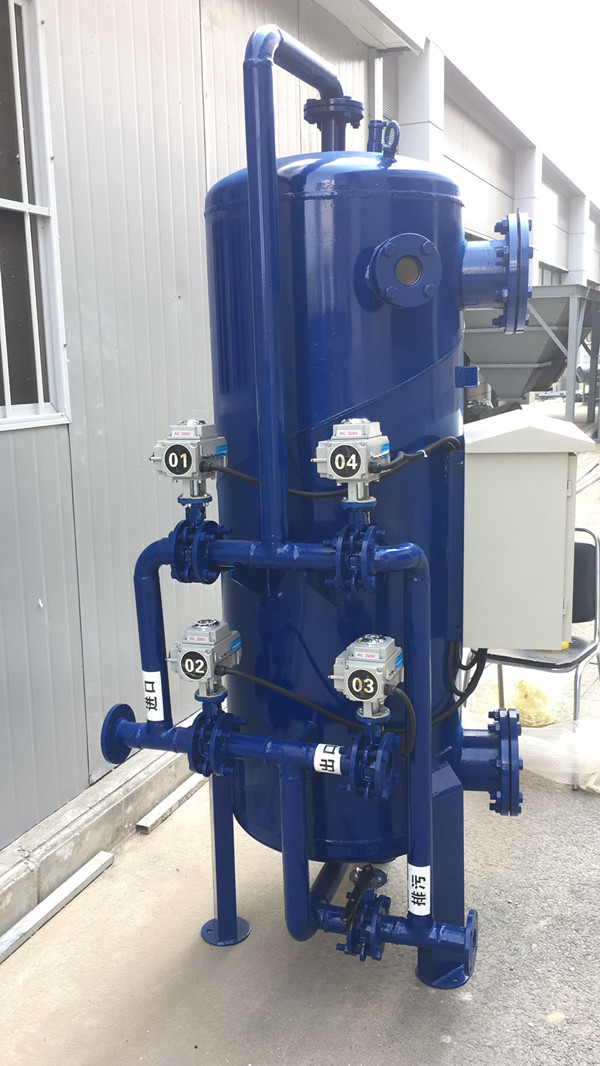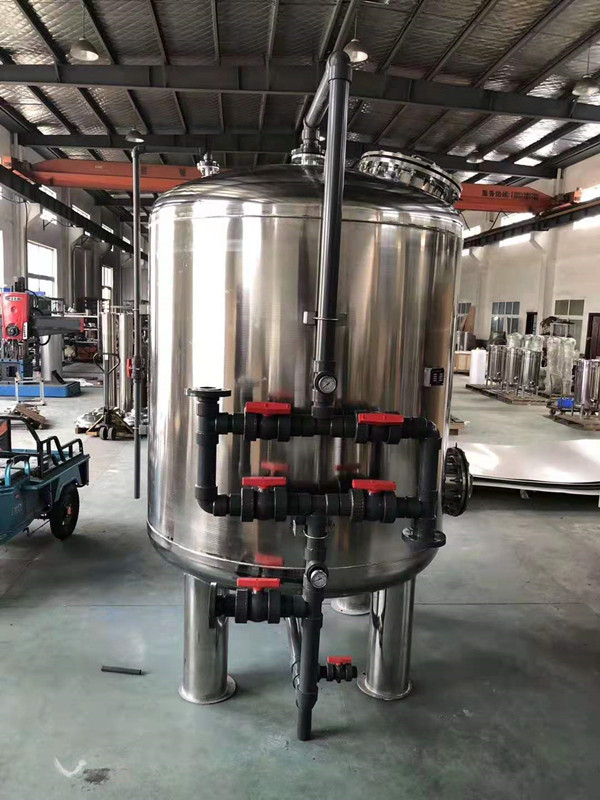2021-07-15

Mechanical filter installation and operation
1. When filling quartz sand, it is necessary to carefully check the tightness of the filter cap to ensure that each filter cap is tightened correctly before filling the quartz sand;
2. When the pressure filter is constructed on the concrete foundation, holes should be reserved according to the position of the filter foot hole, and the filter should be hoisted and the connecting pipe assembled after the foundation reaches the design strength.
3. In the initial stage of filter operation, the operation experience should be gradually explored according to the local water quality to determine the type and dosage of coagulant, and the opening degree of the drain gate valve during backwashing.
4. During the operation of the filter, the turbidity of the influent water should not be higher than the index specified in the design, and backwashing should be carried out according to the design requirements, otherwise it will shorten the operation period or form mud balls in the filter layer, which will affect the quality of the effluent water in severe cases.
5. In direct filtration, the coagulant should be formulated to a certain concentration and added in front of the pump.
6. Flushing steps:
a. Flushing: Close the water inlet pump and the water inlet valve, open the drain gate valve, and perform backwashing according to the flushing intensity and flushing time required by the design.
b. Resuming operation: close the drain gate valve, open the water inlet valve and the air release valve, start the water inlet pump, wait until the air in the filter is completely removed, and then close the exhaust valve, the filter will resume normal operation.
7. When several pressure filters are operated in parallel, gate valves should be installed on the inlet and outlet pipes.
Application field of mechanical filter
Mechanical filters are mainly used in the water treatment process, mainly used for water treatment and turbidity removal, reverse osmosis, and the pretreatment of ion exchange softening and desalination systems. It can also be used for surface water and groundwater removal. The turbidity of the inlet water is required to be less than 20 degrees, and the turbidity of the effluent water can reach 3 degrees or less.
It can be widely used in electronic power, petrochemical industry, metallurgy and electroplating, paper and textile, pharmaceutical dialysis, food and beverage, drinking water, factory and enterprise water, swimming pool, etc. It can meet the needs of liquid filtration in various industries.
